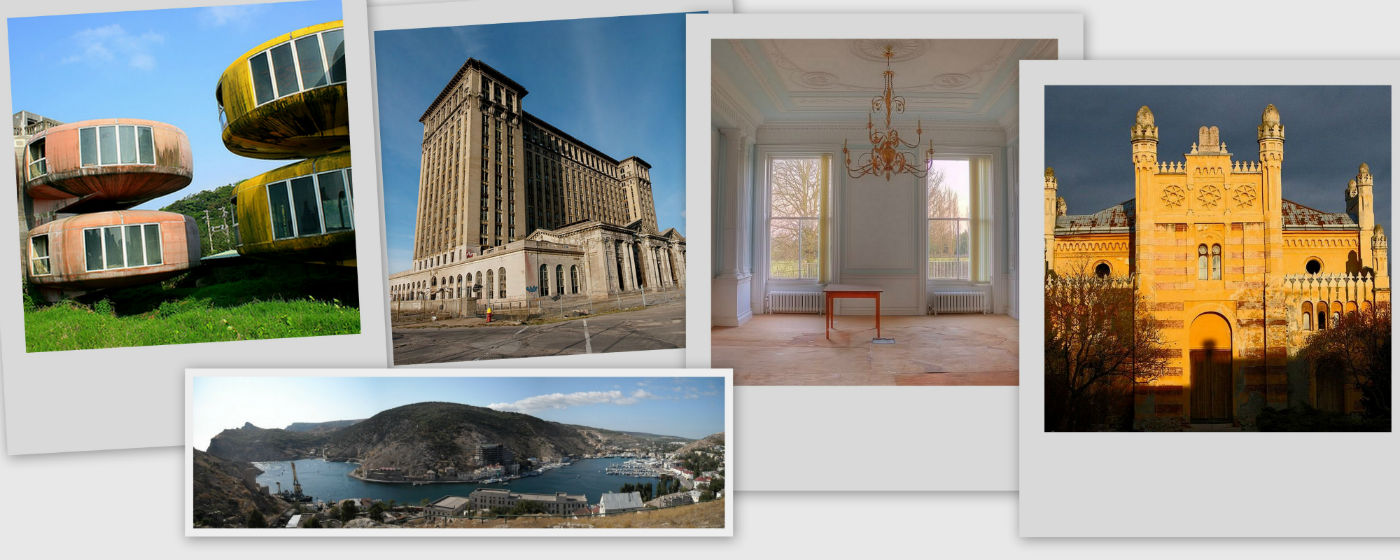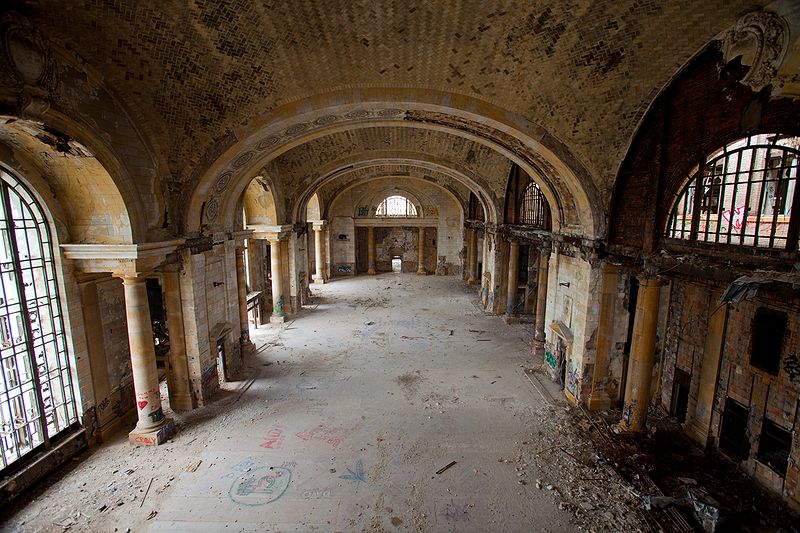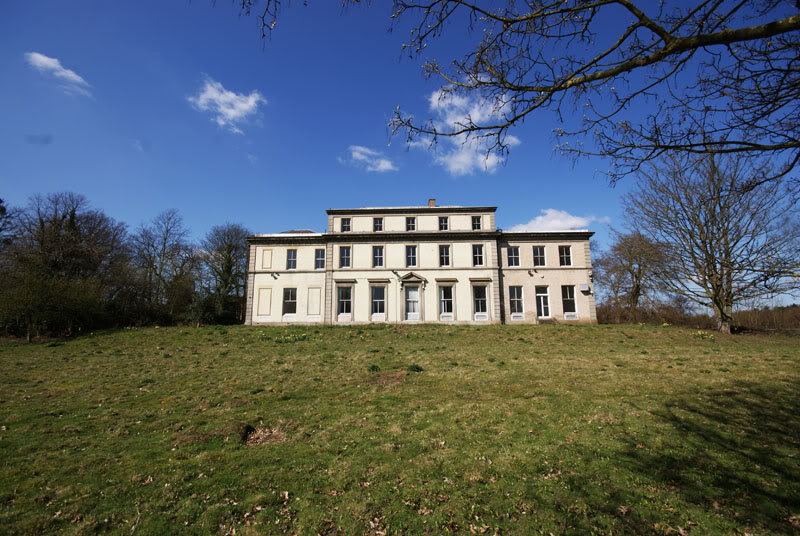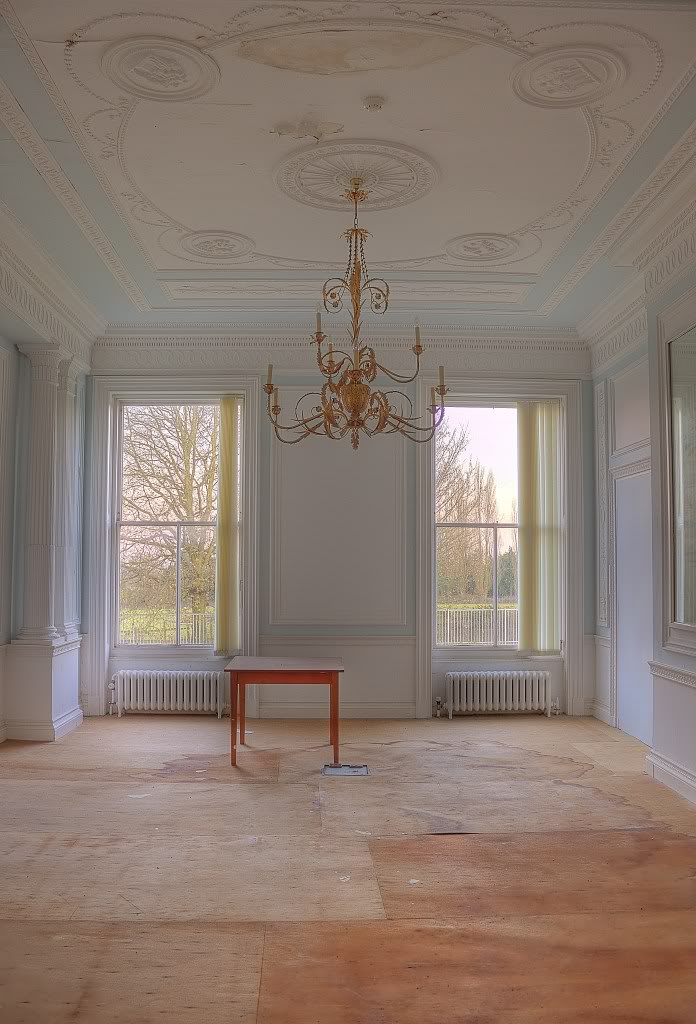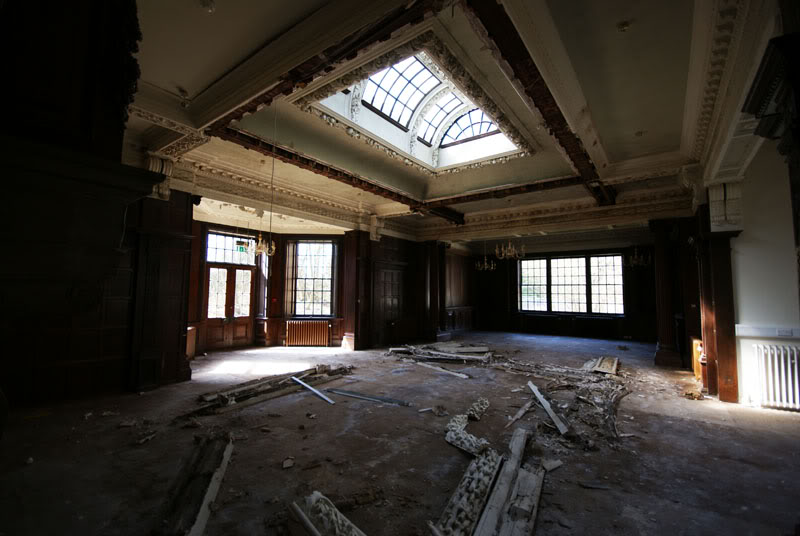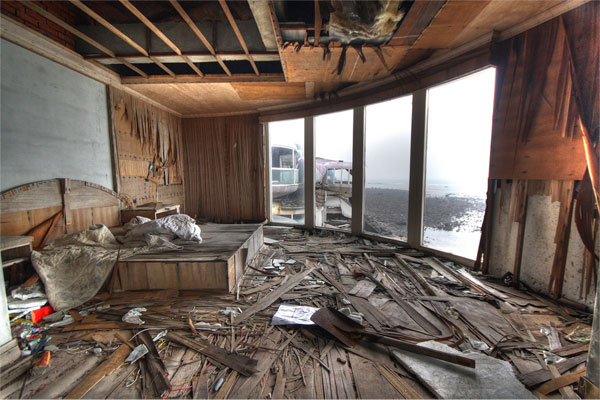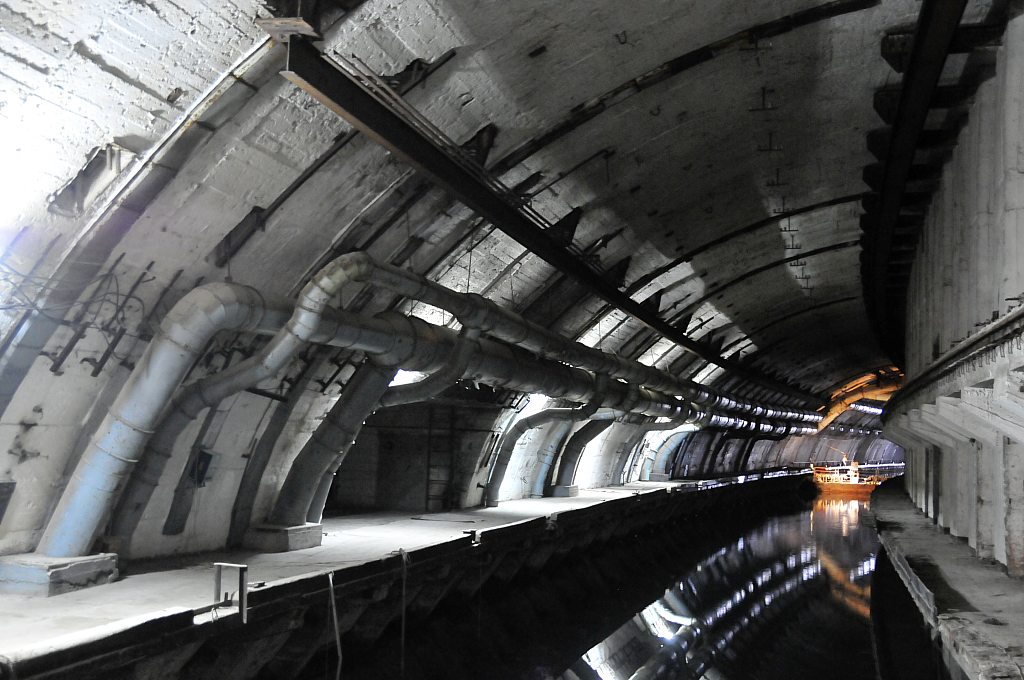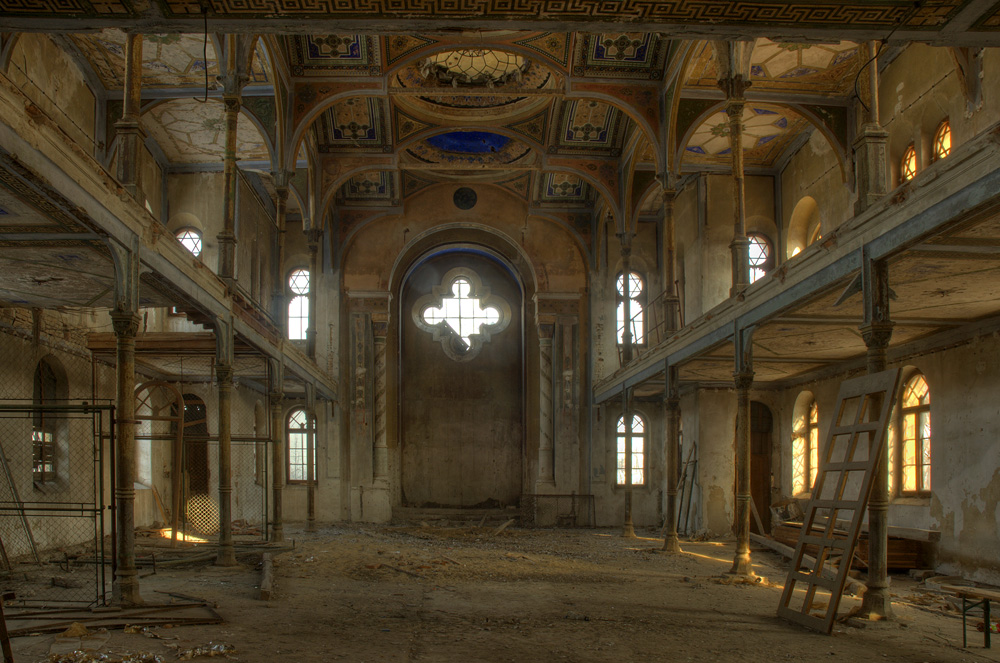Another installment in our series on abandoned places in the world.
1. Michigan Central Station, United States
Detroit’s most iconic vacant ruin, the Michigan Central Station was once a profitable railroad hub. Built in a Beaux-Arts Classical style between 1912 and 1913, the building has been closed for over 20 years and was almost demolished in 2009 before local residents sued the city citing the National Historic Preservation Act.
2. Silverlands House, Chertsey, United Kingdom
Built somewhere between 1818-1825, Silverlands’ was used as the family home for Vice-Admiral the Rt. Hon Sir Frederick Hotham. With the advent of the 20th century, the private residence was transformed into the Actors Orphanage and School from 1896 to 1938 and later became the Silverlands Nursing School from 1941 to 1990. Talks of converting the property into a clinic for convicted paedophiles with a £3million refit were abandoned by Parliament due to local protests. The house has remained empty since 2002 and anyone wishing to explore the structure are advised by former security guards to visit during the day as “come nightfall it was ‘not a place you’d want to be on your own’.”
3. Pod City of San Zhi, Taiwan
Intended as a luxury vacation resort on the north coast of Taiwan, the San Zhi Pod City consisted of futuristic looking multi-coloured circular pods. Built in 1978, the resort was abandoned in 1980 before any of the structures were inhabited. Theories abound on the causes of its vacancy and range from the collapse of the real estate bubble, to poor insulation, to being haunted.
4. Secret Soviet Submarine Base, Balaklava, Ukraine
Decommissioned in 1993, the former Soviet submarine base was secretly built in a mountainside of the Crimea region of Ukraine in the town of Balaklava. Designed to be indestructible in the wake of a direct atomic impact and equipped with nuclear tipped torpedoes, Balaklava was deemed one of the most secret residential areas of the former Soviet Union. The base has since been converted into a Naval Museum Complex.
5. Synagogue of Vrbové, Slovakia
The Synagogue of Vrbové was designed by architect Wilhelm Stiassny and constructed in a Moorish style with a tri-partite façade in 1883. Once the home of an active and flourishing Jewish population (circa 1522), the entire town of Vrbové was transformed into a ghetto during World War II and most of the region’s Jewish population (approximately 150,000) were deported to the death camp at Auschwitz. While the local municipality attempted a complete restoration in the late 1980s, the synagogue has remained vacant and dilapidated. For further information, see Dr. Maroš Borský monographic treatment of synagogue architecture titled “Synagogue Architecture in Slovakia Towards Creating a Memorial Landscape of Lost Community.”
For previous entries, please click here.
